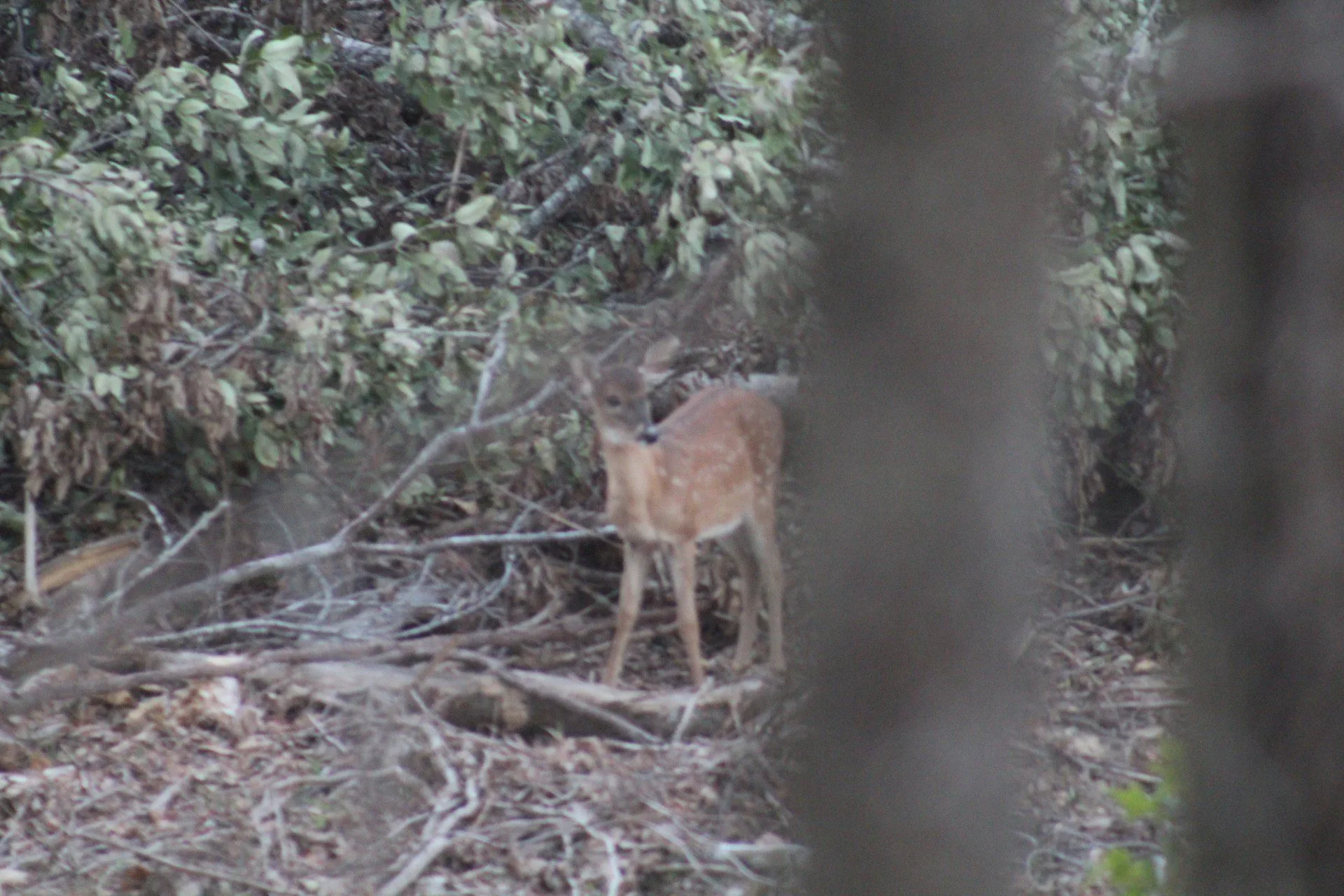This article first appeared on the Magnolia Tribune.

- Outdoor columnist Ben Smith says keep your eyes peeled for fawns while out and about to protect the future of deer hunting in the Magnolia State.
For most deer hunters in Mississippi the absolute best time of the year is the rut. I know guys that will take off of work for two weeks during peak rut times in their hunting areas. After all, the rut is generally your best chance at catching a mature buck slipping after having been so careful during the earlier part of the season. But I’m not here to talk about the rut today. I want to talk about the effects of the rut and how it correlates with what’s going on right now.
A magical process begins in the winter months when does go into estrus. The bucks break off from their bachelor groups and go solo competing for the nearest hot doe. I can hear Elton John’s “The Circle of Life” playing in my mind as I type this. The does are bred, starting the next cycle of the process. The gestation period for a whitetail deer is around two hundred days, meaning that this time of the year is a busy one. If you find a newborn fawn, you can backdate it to get a very good indication of when the mother was bred.
The first couple of weeks of July is peak fawning season for most of Mississippi. The winter rut finally comes to fruition. Before we continue, let it be known that different areas of the state will have different peak fawning periods. Our counties to the north will obviously run earlier than those on the coast due to the rut calendar. I know a lot of people that deny the rut calendar, and it’s not a perfect science, but it’s remarkably close. There are also the deviations that we need to keep in mind. Not all does go into estrus at the same time, and some take longer to be bred. If you remember, just last season I had pictures of a still pregnant doe in October. That was a great example of a deviation. It happens, but it still doesn’t dispel the rut calendar.
Also, a late summer fawn could mean a couple of different things. One, it could mean the mother was bred during her second estrus cycle which could be an indication of a poor buck to doe ratio. Second, it could mean that the mother is one of last year’s fawns meaning you have great forage opportunities for your deer herd.
Nature is obviously incredible. Fawns will be born in the perfect time of the year that is most conducive for their survival. Right now, our natural vegetation is at peak growth providing the necessary cover for does to hide their babies. That vegetation will also provide the nutrients necessary for the does to have best nutrition possible to care for their young. There’s also plenty of time between now and the first frost for the newborn fawns to bulk up enough to survive the winter months.
Since I mentioned vegetation as thick cover for fawns, I feel like we should get something straight. Oftentimes does will hide their fawns in thick grasses while they go out to replenish their own nutritional needs. These fawns are pretty vulnerable during this time. I’ve heard so many stories on what to do should you encounter a newborn fawn. Some will say if the ears look crimped that it means the fawn is dehydrated and has been left by its mother. Given this situation, it’s often said that you should move the fawn and attempt to help it. This is absolutely 100% not accurate.
If you encounter a fawn the best thing you can do is to leave it alone. Don’t touch it, don’t attempt to move it, and don’t hang around waiting to see if the momma comes back. If you’re there I can pretty much assure you that the momma isn’t going to walk up and thank you for finding her baby. She’s going to associate you with danger and that puts the fawn in danger of not getting the nourishment it needs. Once again just so we are clear, don’t touch the fawn, no matter what some hippie do-gooder tries to tell you on the internet.
Unfortunately, fawns being hidden in grassy areas often meet their demise at the hands of human encroachment. Peak fawning season also coincides with peak bushhogging season. This is the time of the year that many hunters are trying to maintain their properties and making preparations for the upcoming hunting season. I’ve seen several fawns killed by tractors bushhogging existing food plots or cutting hay. It’s often unavoidable and just flat out stinks when it happens.
If possible, it’s best to try and keep your food plots and other areas trimmed low ahead of fawning season to avoid this. In the event that you absolutely have to move a fawn to keep it from getting killed, quickly move it to a shady area very nearby. Contrary to beliefs, a fawn that’s been touched will not keep the mother from coming back to it, but this should only be done in times where it’s absolutely necessary for the survival of the fawn.
I know it’s hotter than a billy goat with a blow torch outside, but we’ve only got about 80 days until archery season arrives for most of Mississippi. And yeah, it will still be hot when it gets here, but frosty mornings and taco soup evenings aren’t that far away. Until then, keep your eyes peeled for fawns while out and about on your property and let’s protect the future of our sport by giving them their space.
This article first appeared on the Magnolia Tribune and is republished here under a Creative Commons license.
Read original article by clicking here.

